US Alleges Iran’s Newest Warship Passed Intel to Radical Movement Before Sinking
Iran’s newest naval warship, the Sahand, experienced a devastating accident last week.
The vessel capsized during repairs at the southern port of Bandar Abbas, causing significant concern.
The Sahand's Capabilities
The Sahand, a Moudge-class frigate, is a formidable addition to Iran’s naval fleet. Equipped with advanced weaponry, including anti-surface-to-surface and surface-to-air missiles, it was a critical asset.
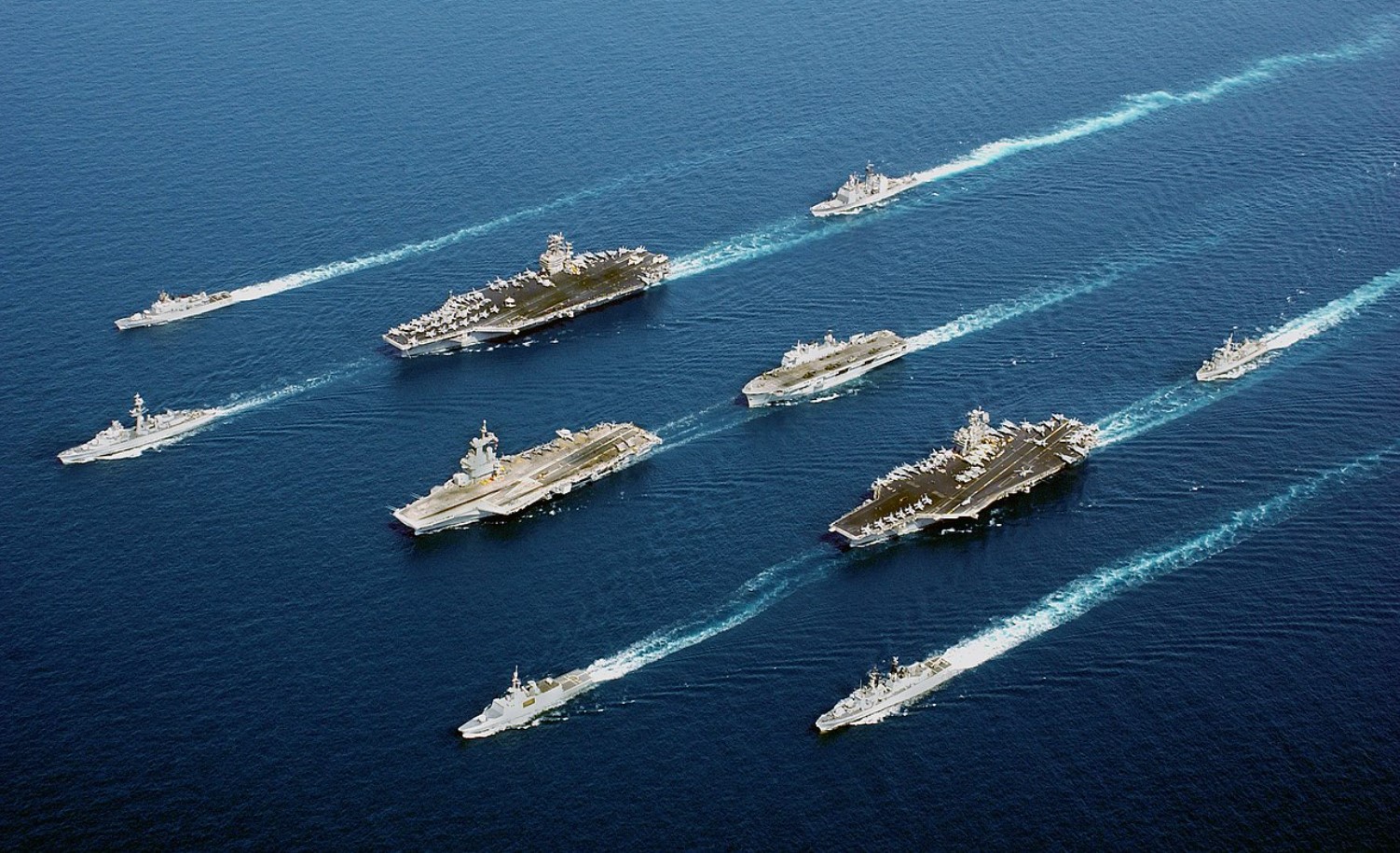
Source: Wikimedia
The ship also featured sophisticated radar systems and anti-aircraft batteries.
Details of the Accident
During routine repairs at the port’s dock, water infiltrated the Sahand’s tanks. This water leak caused the vessel to lose balance and ultimately capsize.
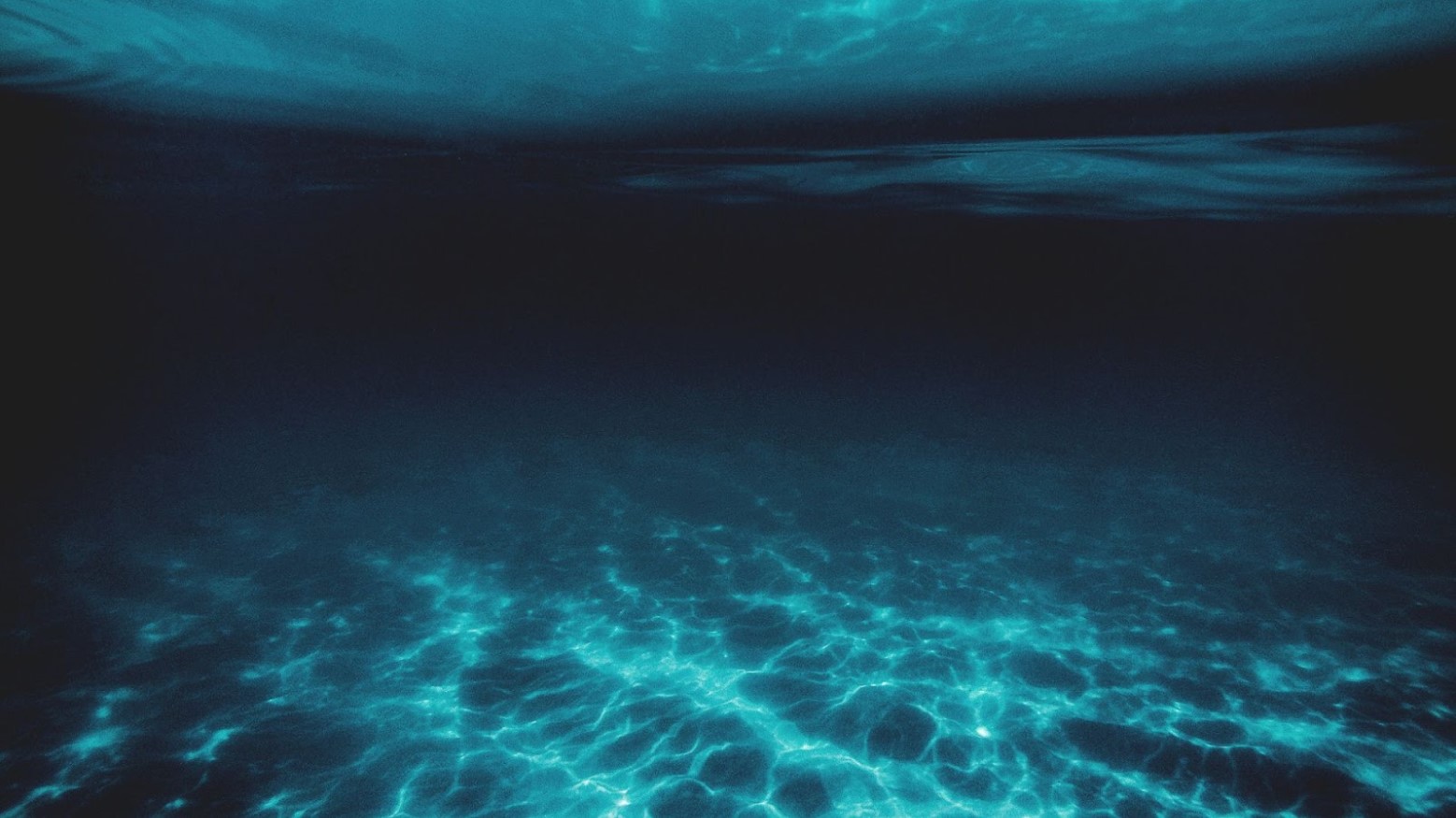
Source: Jonathan Borba/Unsplash
Photos show the Sahand rolled over on its left side, a stark contrast to the bustling port around it.
Cause of the Capsizing
According to IRNA, the accident was caused by a “technical failure” during repair operations.

However, specifics about the malfunction remain undisclosed. The Iranian military has stated that the vessel has since “returned to balance.”
Injuries and Immediate Response
The incident resulted in multiple injuries, with several people hospitalized.

Source: Win McNamee/Getty Images
The exact number of injured individuals and their conditions have not been clarified by the authorities.
Strategic Importance of Bandar Abbas
Bandar Abbas, located in Hormozgan Province, is Iran’s busiest trade port and the main headquarters of the Islamic Republic of Navy.

Source: Freepik
Its strategic position between the Persian Gulf and the Strait of Hormuz makes it a crucial naval hub.
Historical Significance of the Sahand
The Sahand was named after an Iranian ship destroyed by the US Navy during Operation Praying Mantis in 1988.
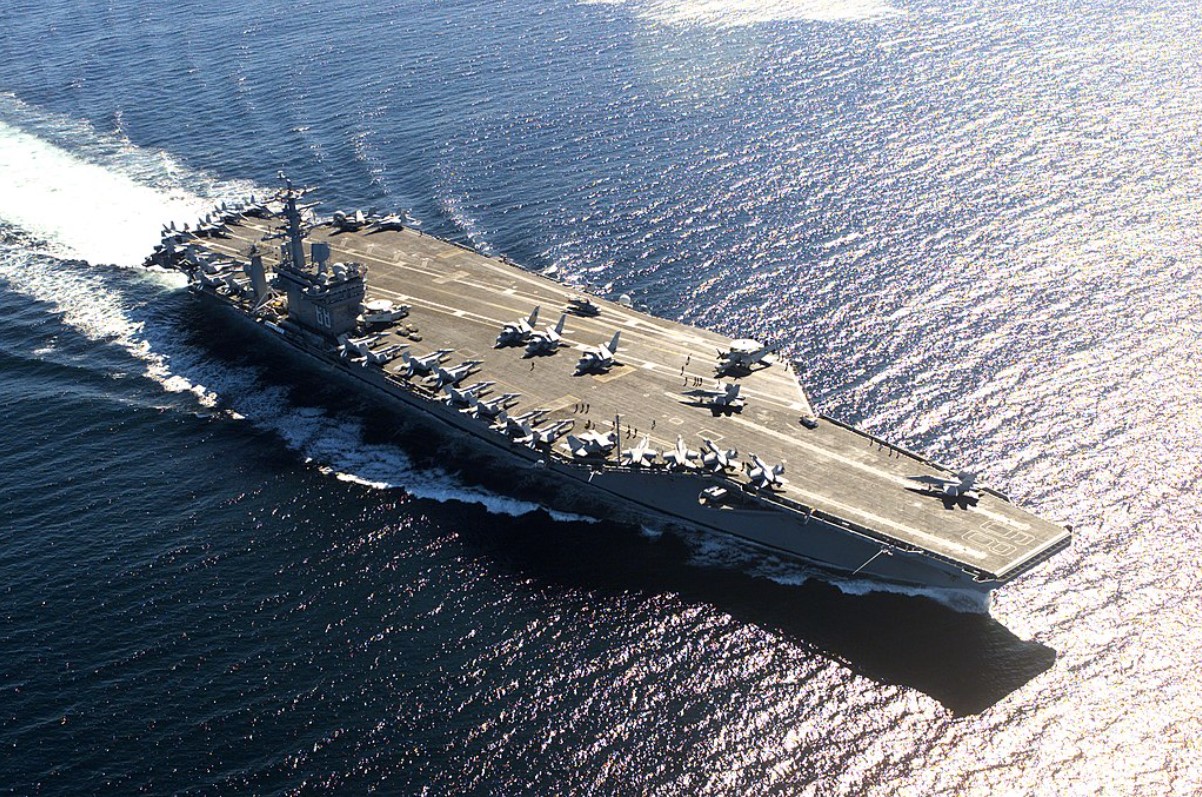
Source: Wikimedia
This historical connection shows the vessel’s symbolic importance to Iran’s naval forces.
Iran's Naval Ambitions
The loss of the Sahand is a significant blow to Iran’s naval ambitions.
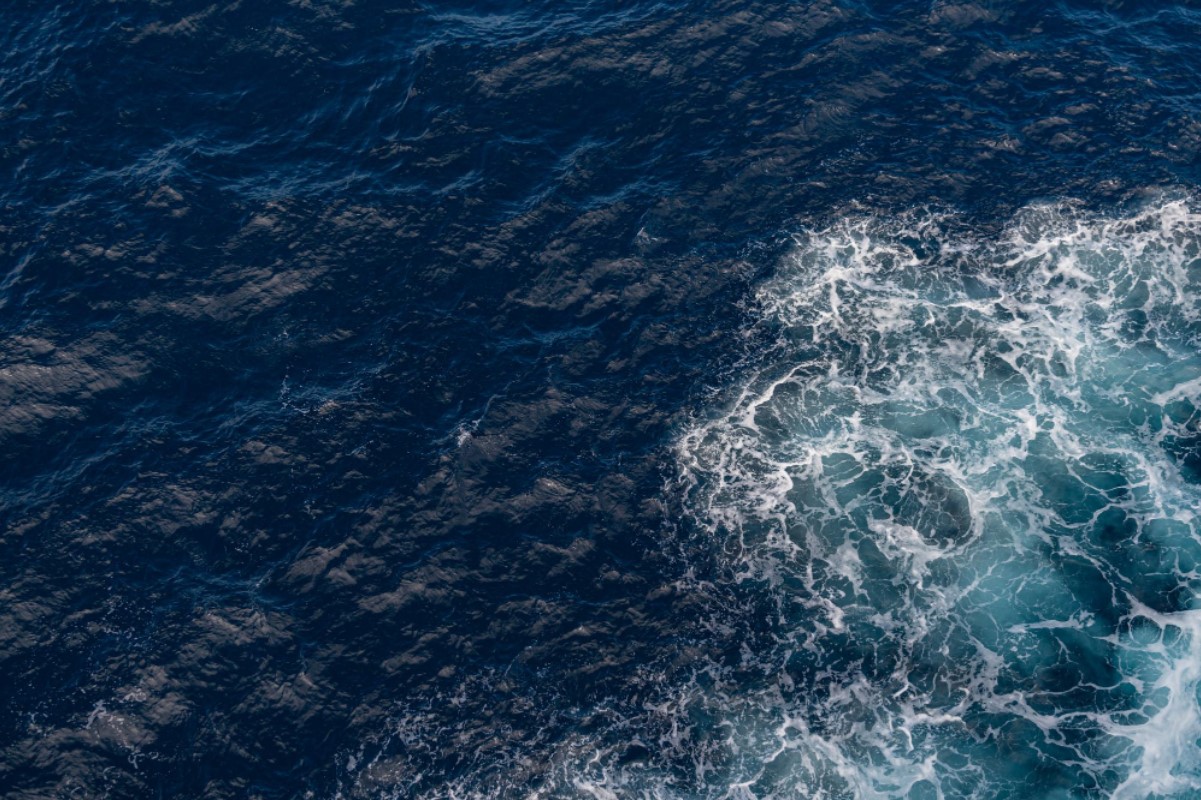
Source: Wikimedia
The country has invested heavily in developing a capable navy to project power and protect its interests in the Persian Gulf and beyond.
Response from Iranian Authorities
Iranian state media reported that the Sahand’s balance had been restored.

Source: Wikimedia
However, there was no mention of the extent of the damage or the timeline for the vessel’s return to service. This leaves many questions unanswered.
International Implications
The accident comes at a time of heightened tensions in the region. The strategic Strait of Hormuz, near Bandar Abbas, is a vital route for global oil shipments.

Source: doidam10/Canva
Any disruption here has significant international implications.
Naval Safety Concerns
This incident also raises concerns about the safety and reliability of Iran’s naval vessels.

Source: Freepik
Technical failures during repairs can have severe consequences, as evidenced by the capsizing of the Sahand.
Future of the Sahand
The future of the Sahand remains uncertain.
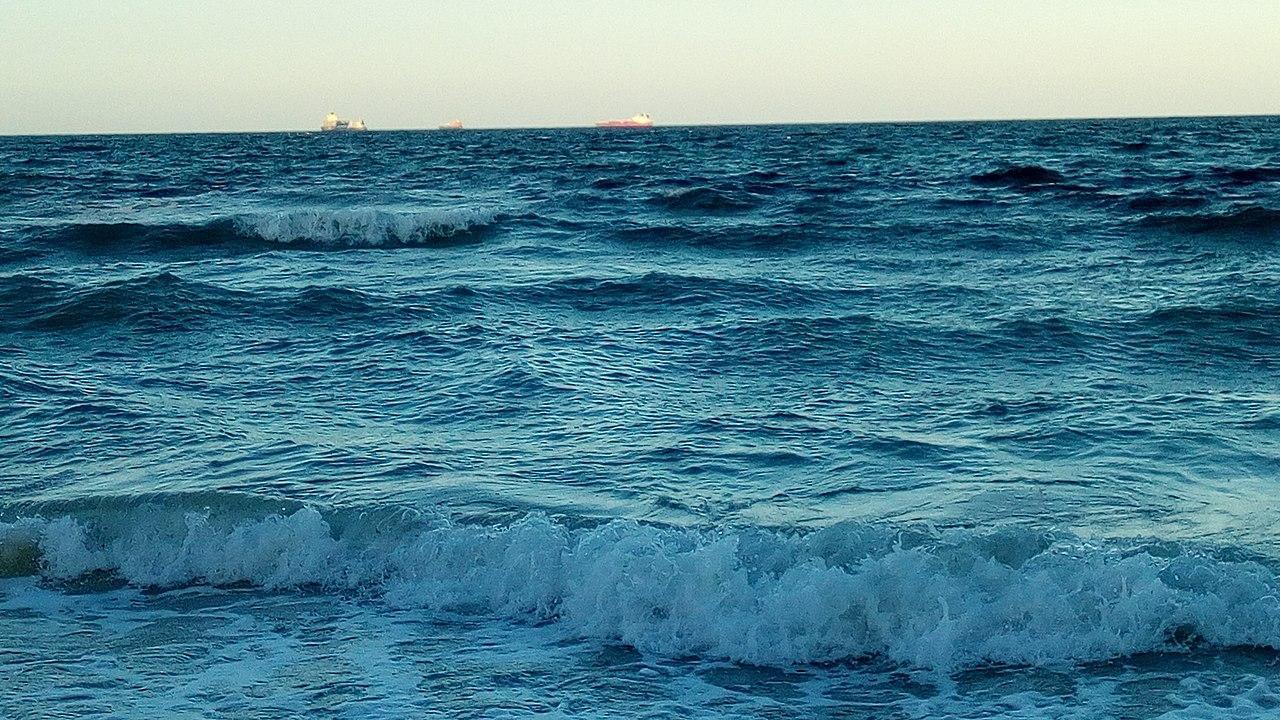
Source: Wikimedia
The extent of the damage and the success of the repair efforts will determine if and when the vessel can return to active duty. Iran’s naval capabilities have taken a significant hit with this accident.
Cannot Rule Sabotage Out
Poor maintenance or a parking accident most likely caused the sinking of this 12-year-old ship, but sabotage cannot be ruled out.
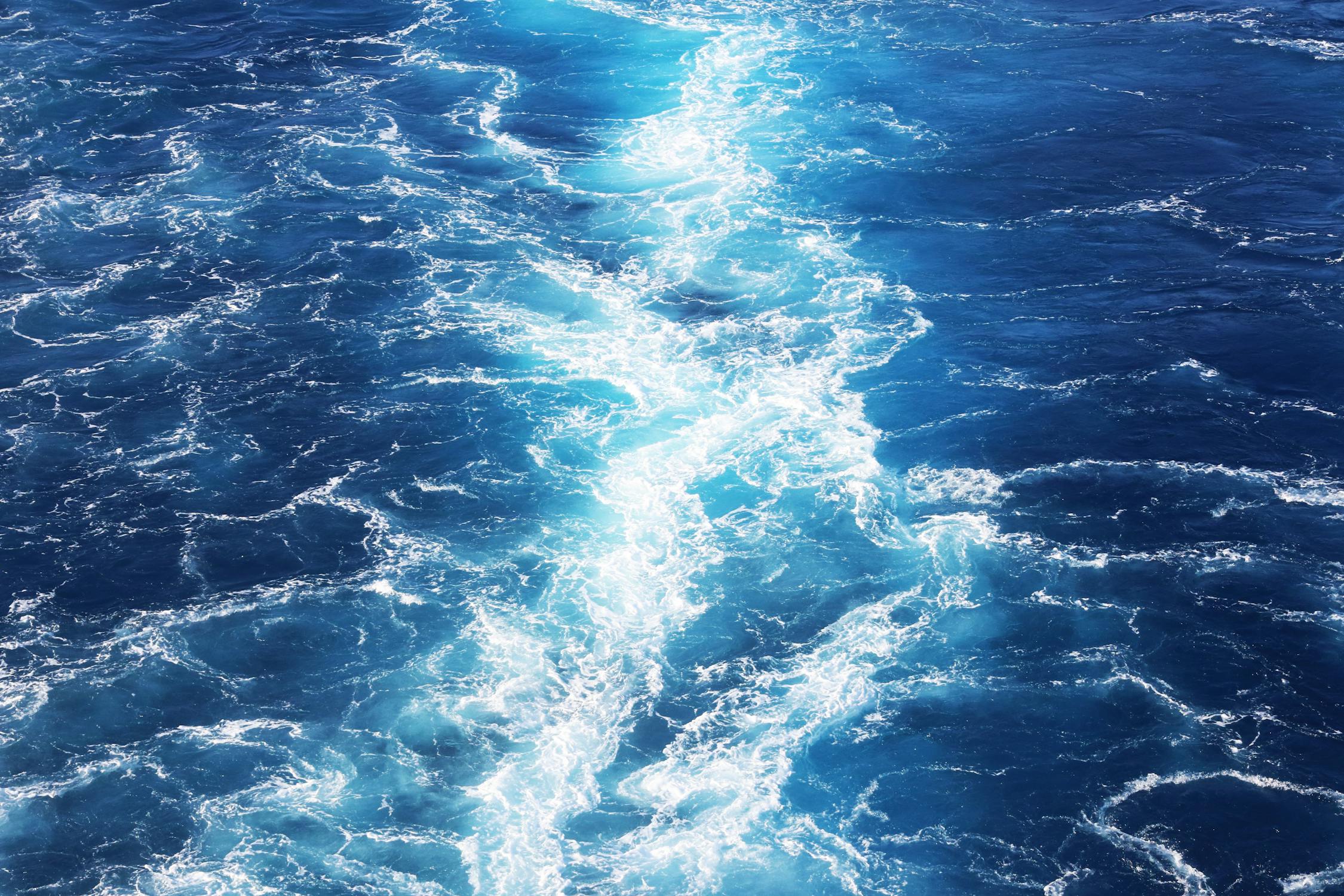
Source: Magda Ehlers/Pexels
Recently, Iranian frigates have been active in the Red Sea, where they are suspected of aiding the Houthis in attacking merchant ships. They have deployed the Sahand there.
The US Points Its Finger
During this time, the Sahand escorted some Iran-linked ships, traveling as far as the Baltic Sea and Venezuela. However, the ship did not participate in any attacks on civilian vessels.

Source: Christopher Skor/Unsplash
While Iran says the Sahand was not protecting any vessels at the time of its capsizing, the US accuses Iran of using its naval vessels to pass intelligence information about shipping movements to help Houthis plan and orchestrate attacks.
Helping a Movement
Iranian warships have deployed to the Red Sea to support the Houthi Movement, which claims to fight against the alleged expansion of Salafism in Yemen by destroying merchant ships.
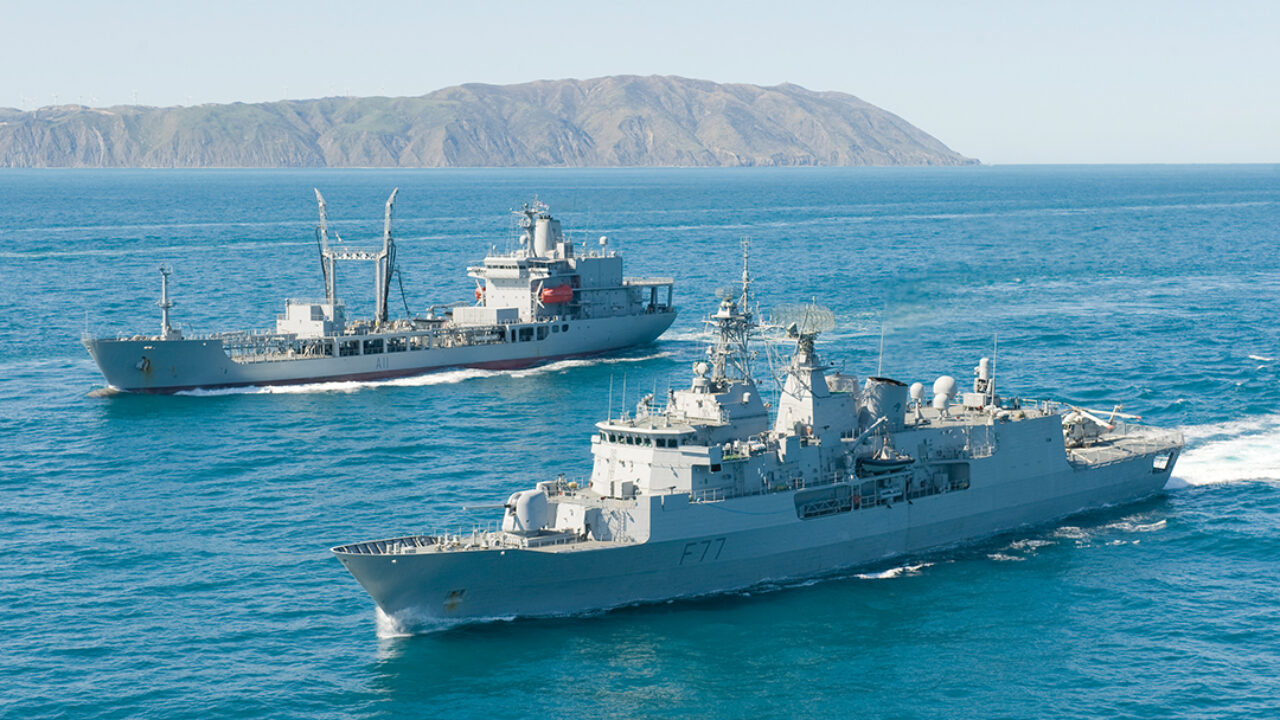
Source: NZ Defence Force
Using a range of Iranian-supplied or assisted weapons, the Houthis are utilizing anti-ship ballistic missiles, uncrewed surface vessels, anti-ship missiles, and drones.
Sahand’s Recent Legacy
After its launch, the Sahand carried one Bell helicopter, eight anti-ship missiles, and two torpedoes as it patrolled the waterways near the region. The ship also escorted Iranian cargo ships in the Gulf of Aden and Oman.

Source: Wikimedia
The ship did not make its maiden voyage until 2018.
Maritime Unrest Skyrockets
Since former President Donald Trump imposed harsh measures to end the 2015 nuclear deal, maritime unrest in the region’s waterways has been escalating. The deal had allowed UN inspections of sites linked to Iran’s nuclear program in exchange for lifting Western sanctions on the regime.

Source: Wikimedia
The harsh measure imposed by Trump on Iranian oil exports led to Tehran launching naval attacks on oil tankers linked to the US.
Iran Points to US’s Recent Capsizing
In the reporting covering the Sahand’s capsizing, the Iranian state media noted that the US also suffered a near-capsizing in 2022 with a ship named The Sullivans. (via Business Insider).
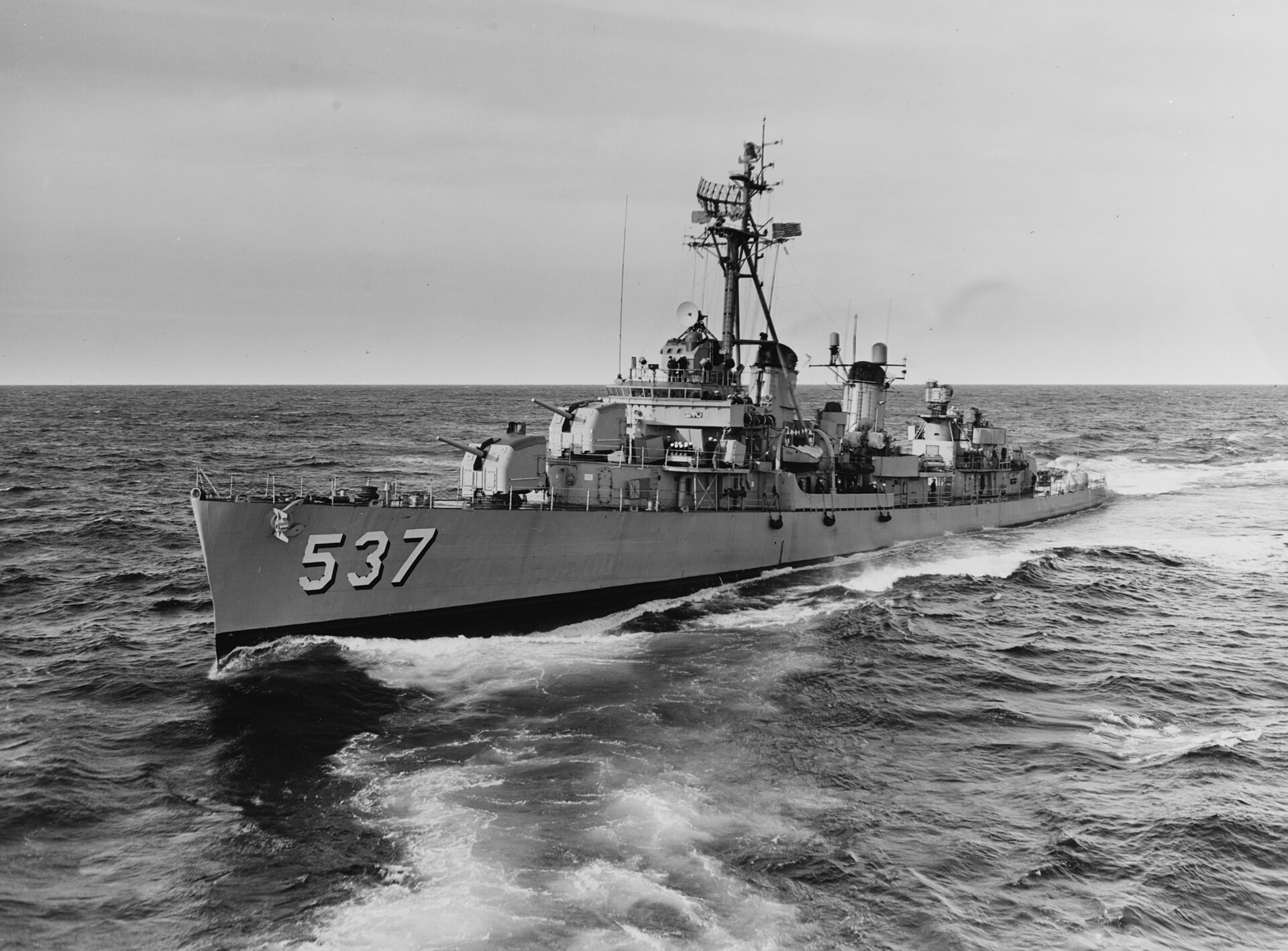
Source: U.S. Navy photo/Wikimedia Commons
The museum ship that served in World War II and the Korean War before retiring in 1965 partially sank in April 2022 because of a hull breach. They repaired the breach and reopened it for visits later that year.
The Damavand Capsizes
This isn’t the only Iranian Navy incident that has happened in recent years. Naval News reports that Sahand’s sister ship, Damavand, capsized and sunk after running aground in 2018.
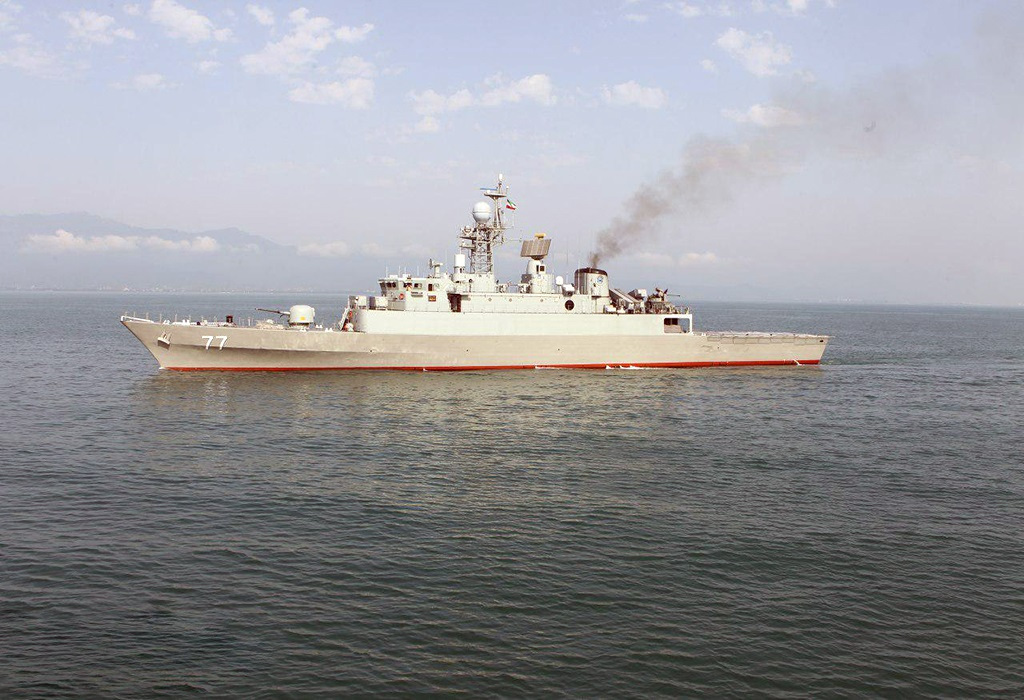
Source: Wikimedia Commons
People believed that a strong storm in the area, which created high waves and low visibility, caused this accident due to a navigational error.
The Damavand Goes Under
However, the Iranian Navy declined to confirm the reporting, and little information has been released about the cause of the grounding except for statements about wave height and visibility.
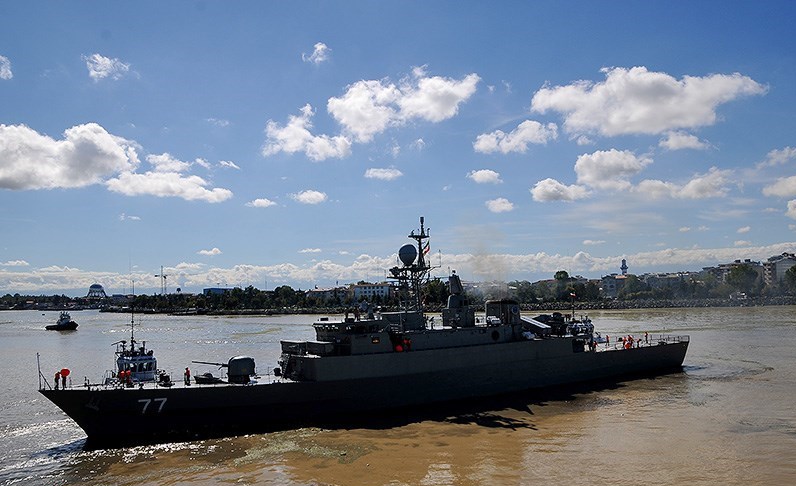
Source: Wikimedia Commons
A video did circulate in the Iranian media, showing the Damavand had fully sunk into the Caspian Sea a couple of weeks after it suffered damages during the stormy weather of Anzali Port.
The Kharg Goes Down
In 2021, Iran’s second-largest warship of the time, the Kharg, caught fire and sunk in the Gulf of Oman. All 400 crew members were rescued, with 33 reported injured.

Source: Wikimedia Commons
The ship was on a training mission in the sensitive waterways around the Strait of Hormuz, through which 20% of the world’s oil trade passes.
The Strain in the Strait
Over the years, people have also accused this strait of attacking ships belonging to the enemies of Iran and Israel. According to the Wall Street Journal, Israel attacked a dozen Iranian oil tankers bound for Syria because of a violation of an oil embargo.

Source: Freepik
Reports have indicated that Iran attacked ships with limpet mines, but the country has remained tight-lipped about other factors that may have caused the Kharg to sink beyond the fire.
Friendly Fire Hits the Konarak
In 2020, the Iranian frigate Jamaran fired a Noor missile that struck the Konarak vessel in the Strait of Hormuz.
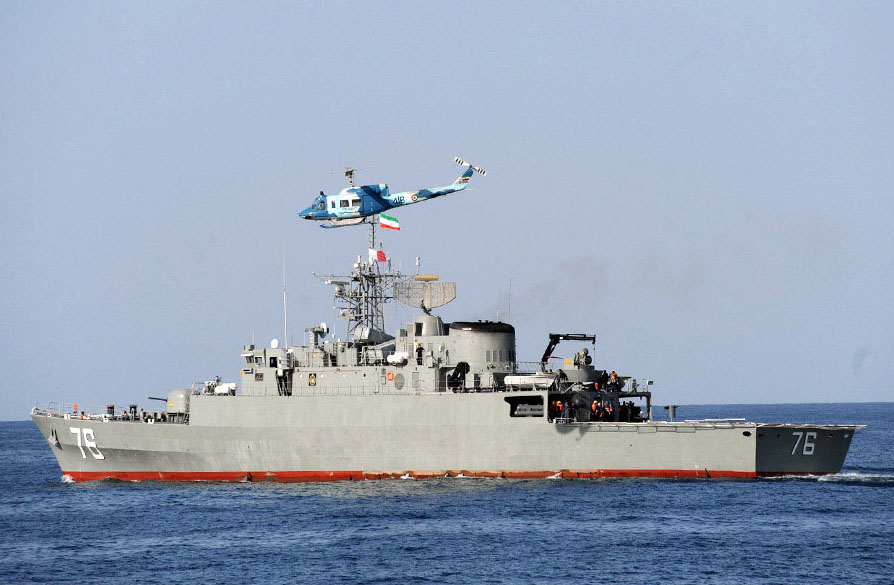
Source: Wikimedia Commons
The Konarak reportedly failed to distance itself from the target before the Jamaran fired. The missile struck the ship, possibly locking onto it automatically because it was the largest target in the water. It is also possible that there was a human error.
The Loss of the Konarak
The official report on Iranian TV stated that one fatality occurred in the incident. However, the Guardian later revealed that the incident had claimed 19 lives and left 15 others injured.

Source: Wikimedia Commons
After the incident, the Konarak was towed to port, where technicians assessed the devastation the fires had caused to the bow.
